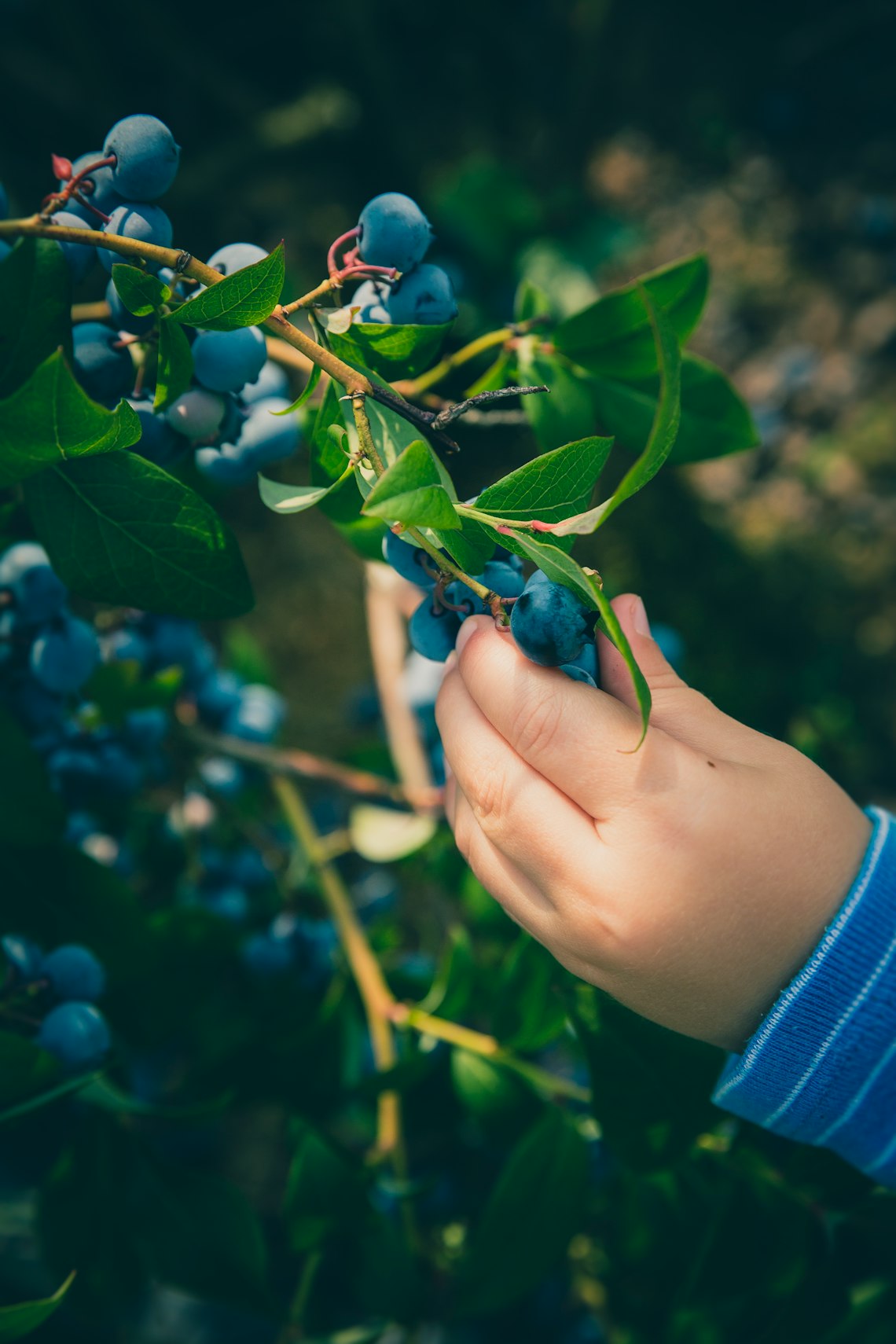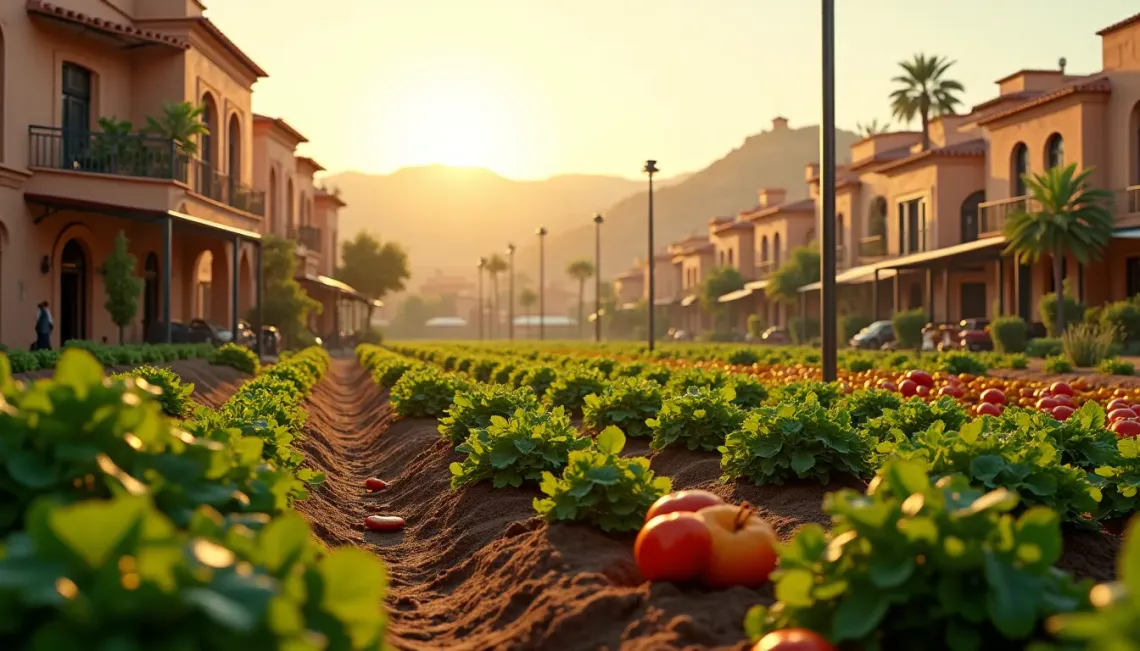In the hustle and bustle of modern cities, Ginkgo biloba, also known as a living fossil, stands out as both a historical marvel and a practical solution for urban greening. This resilient tree is renowned for its impressive pollution tolerance, making it an ideal candidate for street trees and urban landscapes.
Why Ginkgo Biloba is Considered a Living Fossil
The term "living fossil" is often associated with Ginkgo biloba due to its ancient origins. It has remained virtually unchanged for over 200 million years, surviving mass extinctions that eliminated many other species. This evolutionary durability has endowed the Ginkgo with characteristics that are highly beneficial for urban environments.
Characteristics of Ginkgo Biloba
- High resistance to pests and diseases
- Ability to thrive in poor soil conditions
- Exceptional longevity and resilience
- Distinct fan-shaped leaves that provide aesthetic appeal
The Role of Ginkgo Biloba in Urban Greening
Urban greening is critical for enhancing the quality of life in city areas. Trees in urban landscapes reduce pollution, provide shade, and improve the overall aesthetic. Ginkgo biloba's unique ability to withstand urban pollutants and adapt to challenging environments makes it an excellent choice for street trees.
Benefits of Ginkgo Biloba in Urban Areas
When considering its role in urban greening, the benefits of Ginkgo biloba are manifold:
- Improved air quality through the absorption of pollutants
- Reduced urban heat island effect due to its shade-providing canopy
- Increased biodiversity by providing habitat and food for various species
- Aesthetic enhancement of urban landscapes with its unique leaf shape and seasonal changes
Challenges and Considerations
Despite its many advantages, there are several considerations for urban planners when integrating Ginkgo biloba as street trees. Female Ginkgo trees produce seeds with a notorious odor, which can be a drawback. To counter this, many cities opt to plant only male trees. Additionally, sufficient spacing and proper maintenance are essential to maximize their benefits and ensure their health and longevity in urban settings.
Integrating Ginkgo Biloba in Urban Planning
Urban planners should consider the following strategies to effectively integrate Ginkgo biloba:
- Select appropriate locations that allow sufficient space for growth
- Choose male cultivars to minimize odor issues
- Incorporate mixed species planting to enhance biodiversity
- Regularly monitor and maintain tree health and soil conditions
In conclusion, Ginkgo biloba plays a pivotal role in urban greening, offering a plethora of environmental and aesthetic benefits. As cities seek solutions to combat pollution and enhance urban environments, this living fossil continues to prove its value as one of the most effective and resilient street trees. Its integration into city planning not only enriches biodiversity but also helps create healthier and more sustainable urban communities.




